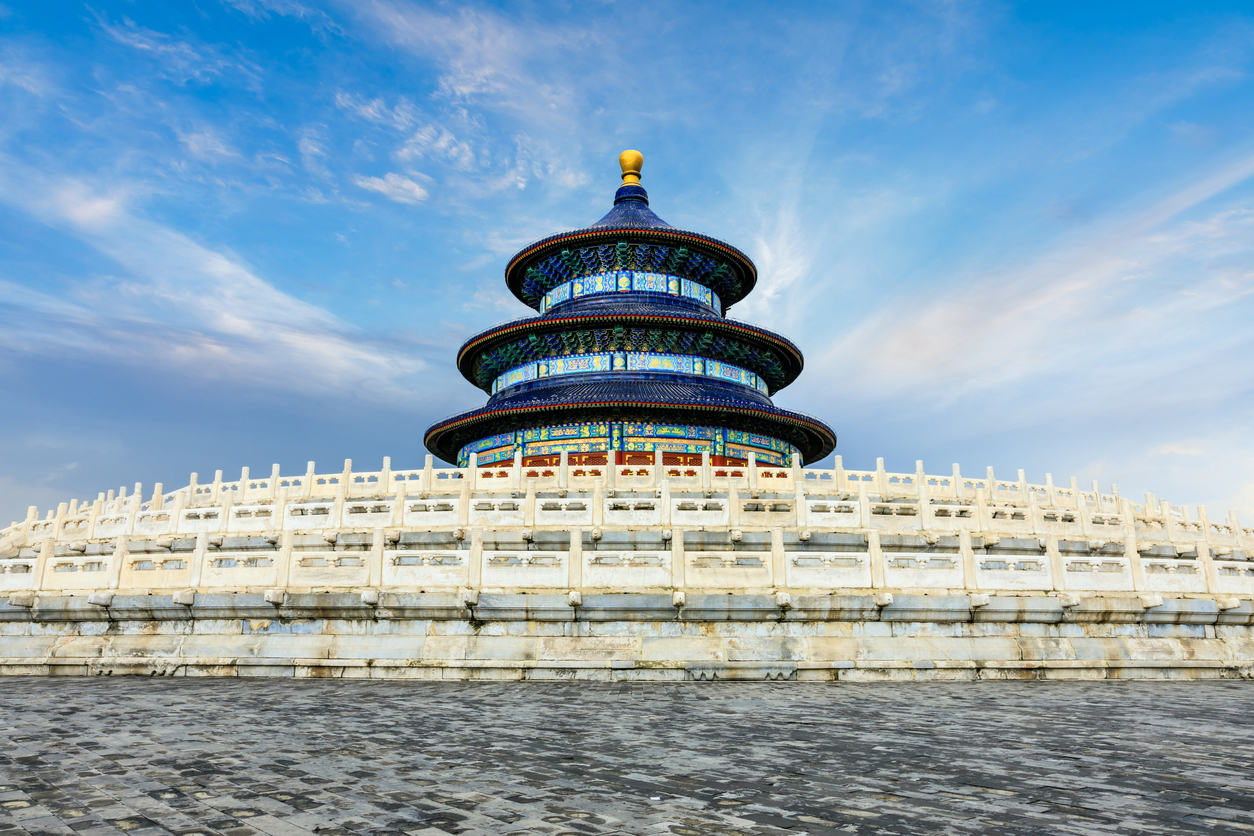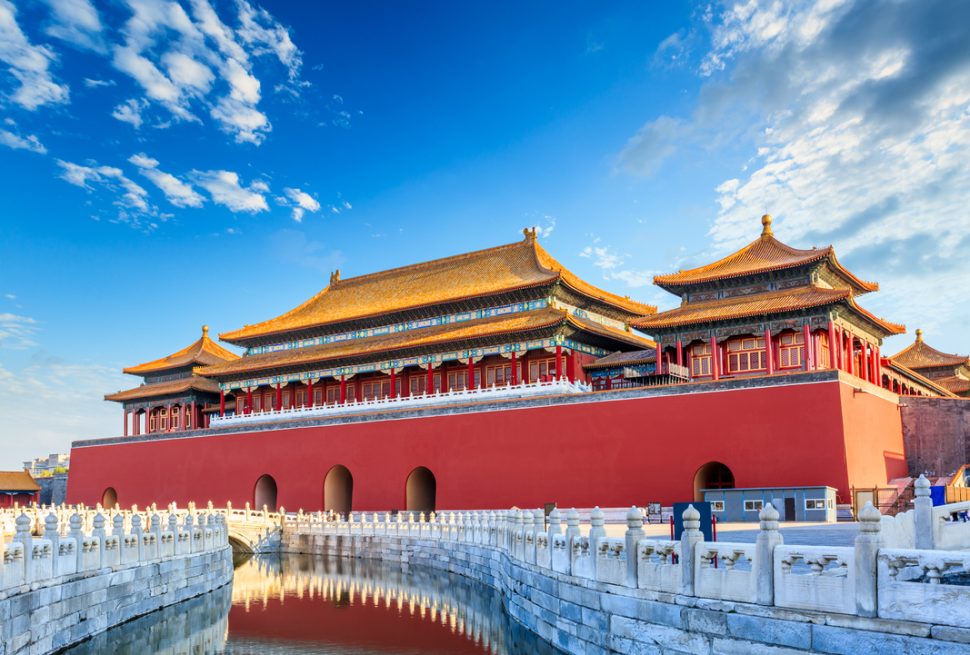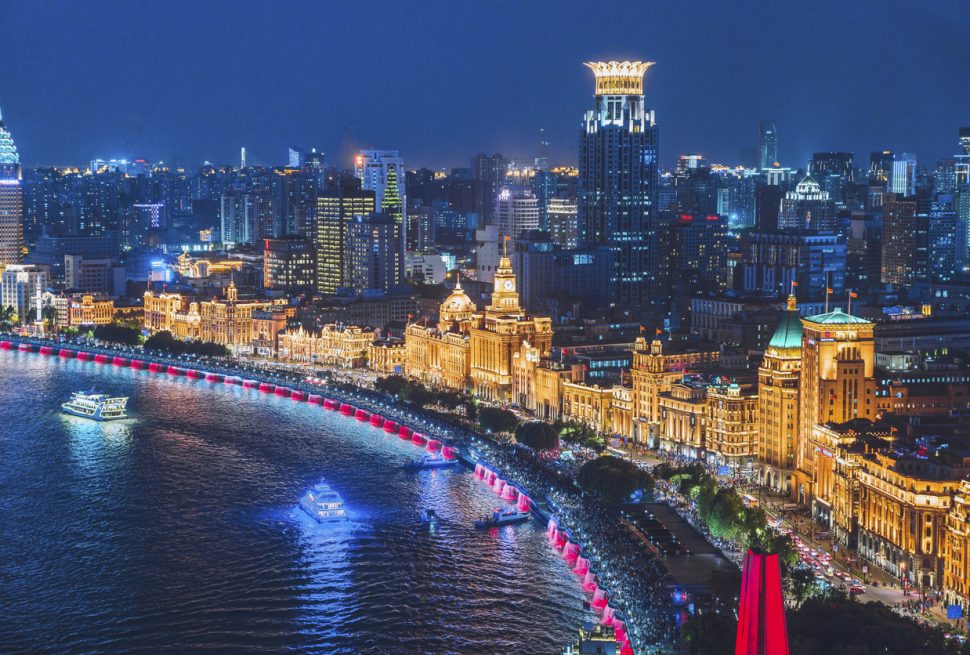Planning your first trip to China can feel overwhelming—with its vast size, rich culture, and language barriers, it’s hard to know where to start. But don’t worry! Whether you’re coming for a few days or a few weeks, this guide will help you decide which cities to visit, what to see, and how to choose the best tour for a smooth, unforgettable experience.
Beijing: The Imperial Capital of a Thousand Years
As the only capital city in the world with an unbroken history of over 3,000 years and 800 years as the national capital, Beijing stands as a living memory of Chinese civilization. Spanning 16,410 square kilometers—about 2.3 times the size of New York City—Beijing is home to over 21 million residents. Its urban design follows a strict north-south central axis, with the Forbidden City at the heart. This reflects the ancient urban planning philosophy of “front court, rear market; left ancestor temple, right altar,” rooted in classical texts like The Rites of Zhou.
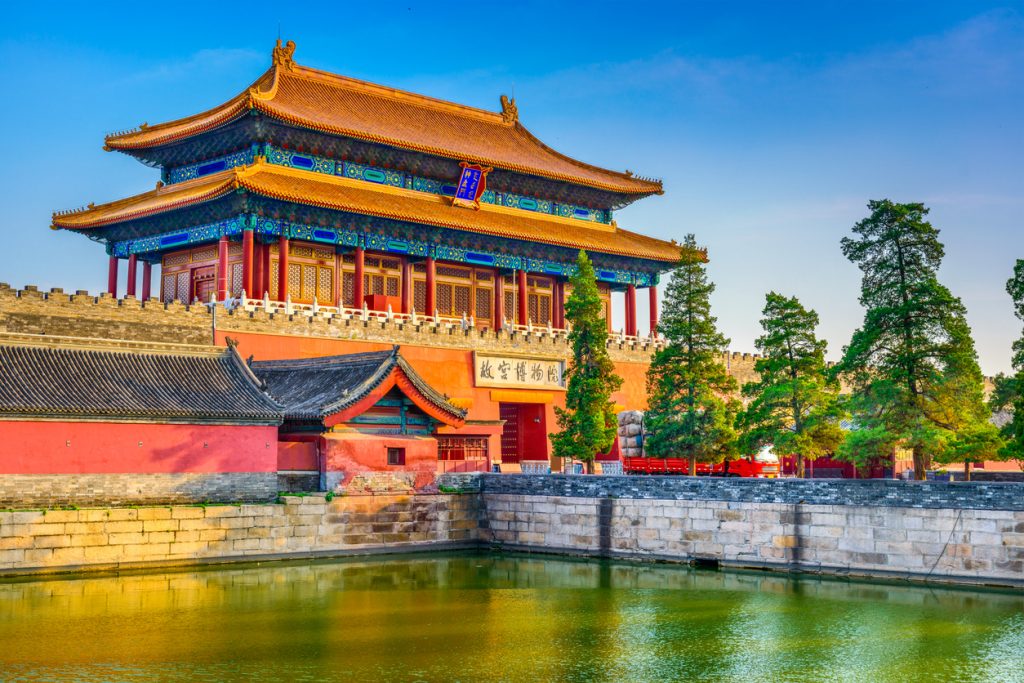
- The Forbidden City
The Forbidden City is the world’s largest and best-preserved wooden palace complex. Built between 1406 and 1420, it covers 720,000 square meters with more than 70 palaces and 9,000 rooms. The layout follows the “outer court for state, inner court for residence” structure, centered around the three grand halls—Hall of Supreme Harmony, Hall of Central Harmony, and Hall of Preserving Harmony—representing imperial authority. The project involved over 150,000 artisans and 1 million laborers. Even the paving bricks, over 80 million of them, were baked through 130 processes, creating bricks so hard they ring like metal. - Mutianyu Great Wall
Just 90 minutes from downtown, Mutianyu is one of the best-preserved sections of the Great Wall. Built during the Ming Dynasty, it stretches 5.4 km and features 23 watchtowers. It’s less crowded than Badaling and offers spectacular views, especially at the nearly vertical “Eagle Flies Facing Down” slope with a 70° gradient. After taking a cable car up, visitors can choose to descend by foot or toboggan for added fun. - Temple of Heaven
This imperial altar was where Ming and Qing emperors worshiped the heavens. Built in 1420, it covers 273 hectares and is famous for the Hall of Prayer for Good Harvests, a wooden structure built entirely without nails. The Echo Wall is a highlight—stand at one end and your whisper will travel to the other side. The entire layout reflects the ancient Chinese belief in the round heaven and square earth. - Summer Palace
China’s largest imperial garden, covering 293 hectares (three-quarters of which is water), the Summer Palace was originally built in 1750, destroyed in 1860, and rebuilt by Empress Dowager Cixi in 1888 using navy funds. The Long Corridor is a 728-meter covered walkway with over 14,000 Su-style paintings. Kunming Lake, inspired by West Lake in Hangzhou, connects to South Lake Island via a 17-arch bridge, resembling a rainbow across water. - Hutongs & Courtyards
Beijing’s Hutongs are narrow alleyways that form the historical soul of the city. Once numbering 360 during the Yuan Dynasty, over 1,000 still remain today. Some, like Qianshi Hutong, are as narrow as 0.4 meters wide. Nanluoguxiang is one of the oldest areas, with 16 “fishbone-pattern” side alleys lined with traditional courtyard homes. Many courtyards are now boutique inns where visitors can experience “old Beijing life” with stone wells, grape trellises, and ornamental fish tanks.
📍Recommended Tours:
- 1-Day Beijing City Tour: Great for short stays or business travelers.
- 5-Day Beijing Family Tour: Covers all the must-see landmarks at a family-friendly pace.
Shanghai: A Dazzling Symphony of East and West
China’s largest economic hub and most cosmopolitan metropolis, Shanghai covers 6,340 square kilometers with a population of 24.87 million. Its unique location at the mouth of the Yangtze River creates the famed “Two Banks, One River” city layout. Since opening as a port in 1843, Shanghai has blended Western influence and Jiangnan heritage into what’s known as “Haipai” culture.
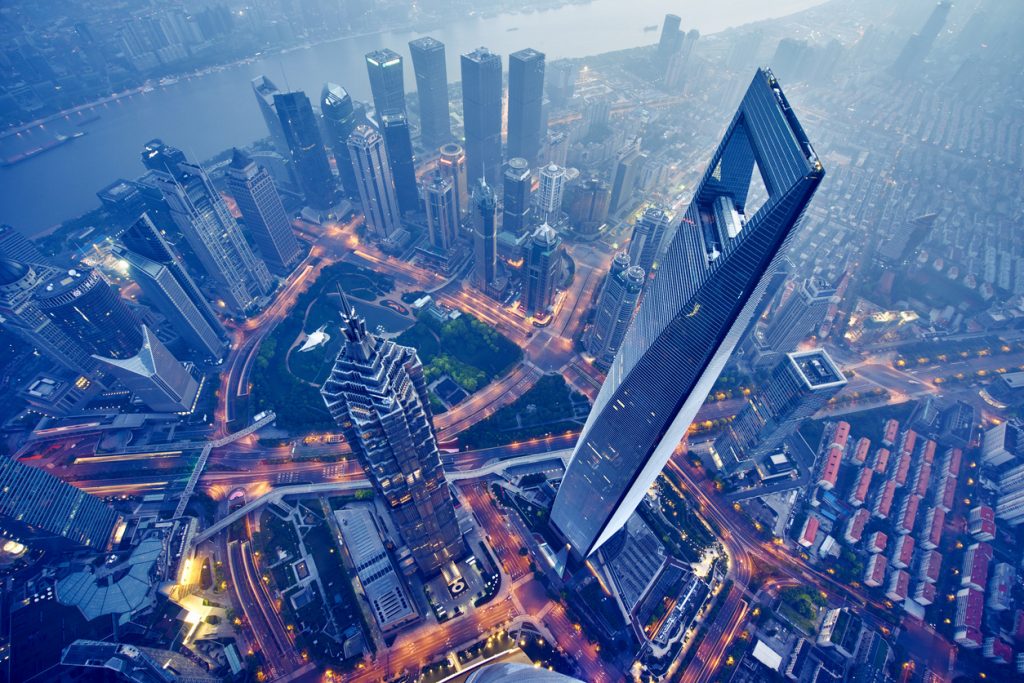
- The Bund & Lujiazui Skyline
The Bund stretches 1.5 km along the Huangpu River, lined with 52 buildings in Gothic, Baroque, and Neoclassical styles, earning it the nickname “Museum of International Architecture.” The Customs House clock tower—modeled after Big Ben—chimes every 15 minutes with the tune The East Is Red. Across the river, Lujiazui boasts skyscrapers like the 632-meter Shanghai Tower (China’s tallest), the World Financial Center, and the Jin Mao Tower. - Shanghai Tower
At 632 meters, the Shanghai Tower is the second tallest building in the world. Its spiraling shape is both elegant and aerodynamic. The observation deck on the 118th floor offers stunning views, reached by the world’s fastest elevator (18 m/s). There’s even a bookstore on the 52nd floor— the world’s highest—perfect for reading with a skyline view. - Yuyuan Garden
A classical Jiangnan-style garden built in 1559 by a government official for his parents, Yuyuan is a masterpiece of Chinese landscaping. Highlights include the Jade Rock—a 3.3-meter tall porous Taihu stone—and heritage structures like Dianchun Hall, once headquarters of the Small Sword Society. Outside the garden, the City God Temple snack market serves up local delicacies like xiaolongbao, sticky rice cakes, and Ningbo tangyuan. - Zhujiajiao Water Town
Located in Qingpu District, about an hour from downtown, this ancient water town dates back to the Song and Yuan dynasties. With 36 old stone bridges and winding canals, Zhujiajiao is often called the “Venice of Shanghai.” Fangsheng Bridge, built in 1571, is the largest of its kind in the region. The North Street, just 2–3 meters wide, retains its Ming-Qing charm with antique shops and family-run eateries.
📍Recommended Tours:
- 1-Day Shanghai Tour: Ideal for business travelers or short stops.
- 4-Day Shanghai Family Tour: Blends sightseeing and leisure, perfect for couples or families.
Xi’an: Echoes of the Silk Road
Once the starting point of the Silk Road and ancient China’s capital for more than 1,100 years, Xi’an has over 3,100 years of urban history. Located on the Guanzhong Plain, the city’s grid layout remains largely unchanged since the Tang Dynasty.
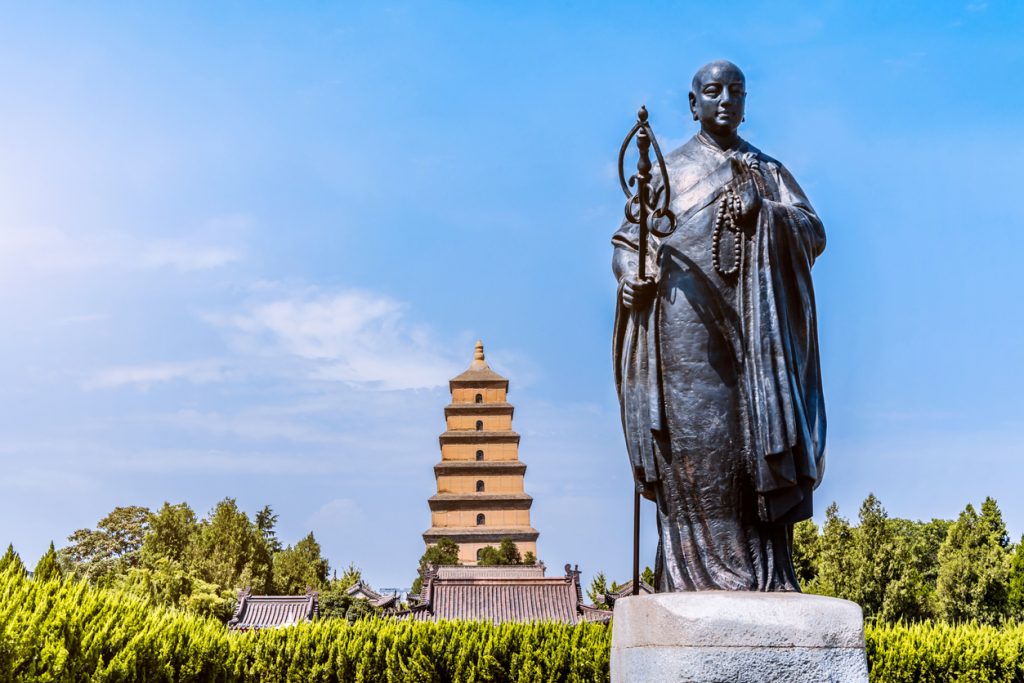
- Terracotta Army
Discovered in 1974, this massive underground army near the tomb of Qin Shi Huang is known as the “Eighth Wonder of the World.” Covering over 20,000 square meters, three main pits contain 8,000 life-sized warrior statues—each with unique facial expressions and once armed with real bronze weapons. Only about 1% of the vast burial site has been excavated. - Giant Wild Goose Pagoda
Built in 652 AD within the Daci’en Temple, this 64.5-meter pagoda was constructed to store Buddhist scriptures brought back from India by monk Xuanzang. Built without mortar using “polished brick seams,” its gradually narrowing shape gives it a graceful parabolic form. Inside are engraved calligraphy masterpieces and a wooden staircase leading to sweeping city views. - Ancient City Wall
Built in 1370 on Tang Dynasty foundations, Xi’an’s city wall is the most complete in China. It stretches 13.7 km and stands 12 meters tall. Defensive features include 98 towers, 4 grand gates with arrow towers, and a core structure made from tamped earth mixed with lime and sticky rice. You can rent a bike and ride around the entire wall for a unique perspective. - Muslim Quarter
Behind the Drum Tower lies a vibrant food street developed by Silk Road traders who settled in Xi’an during the Tang Dynasty. Home to 10 mosques, including the historic Huajue Mosque, this district offers must-try dishes: lamb soup with flatbread (yangrou paomo), crispy meat sandwiches (roujiamo), soup dumplings, cold noodles, and sweet persimmon cakes.
📍Recommended Tour:
- Included in our 14-Day China Highlights Tour for a comprehensive experience.
Chengdu: The Land of Abundance and Leisure
With a 2,300-year urban history, Chengdu sits in the heart of the fertile Sichuan Basin and is known as “The Land of Abundance.” Thanks to the ancient Dujiangyan irrigation system, Chengdu has enjoyed agricultural prosperity for millennia. Its laid-back lifestyle is legendary—tea houses, mahjong, and hotpot are part of daily life.
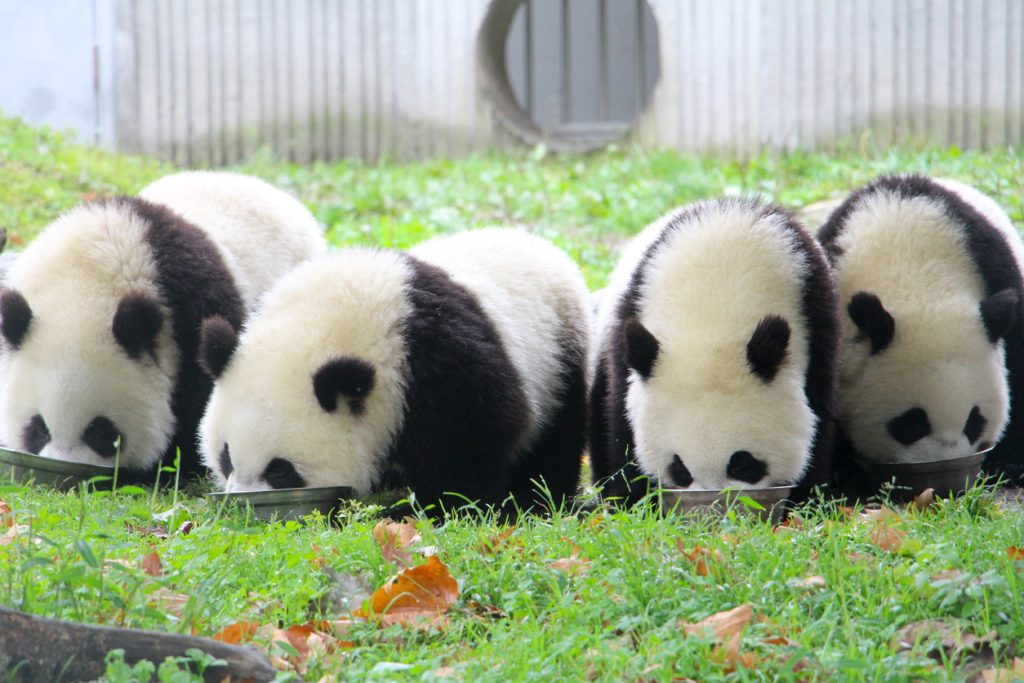
- Dujiangyan Irrigation System
Built in 256 BC by governor Li Bing, this is the oldest no-dam irrigation system in the world. Using natural water flow and clever engineering, it splits the Min River into inner and outer branches, ensuring flood control and year-round irrigation for over 10 million acres. - Giant Panda Breeding Base
Just outside the city lies the world’s largest panda research center. Over 150 pandas live here in simulated natural habitats. Don’t miss the “Panda Kindergarten,” where baby pandas climb trees and roll around adorably. Red pandas, black-necked cranes, and other endangered species also call this lush park home. - Huanglongxi Ancient Town
Only an hour from Chengdu, this riverside town is filled with well-preserved Ming and Qing architecture. On market days (Tues, Thurs, Sat), villagers sell fresh produce and handmade crafts. Many old homes now serve as boutique inns or tea houses—perfect for a quiet getaway with traditional snacks like sesame cakes and tofu pudding. - Sichuan Opera & Face-Changing
A cultural gem, Sichuan Opera features “face-changing”—a secret technique where performers switch masks in a flash to express emotion. You can watch these dazzling shows, with fire-spitting and lantern-balancing acts, at venues like Shu Feng Ya Yun or Jinjiang Theater. Afterward, visitors can meet the performers backstage—though the magic behind face-changing remains a closely guarded secret.
📍Recommended Tour:
- Included in our 14-Day China Highlights Tour for a comprehensive experience.
Chongqing: Mountain City Meets Surreal Reality
China’s youngest municipality, Chongqing covers 82,400 square kilometers and has over 32 million residents. Built on mountains where the Yangtze and Jialing Rivers meet, its layered skyline has earned it the nickname “Mountain City.” With over 100 foggy days per year, Chongqing’s misty skyline feels straight out of a fantasy film.
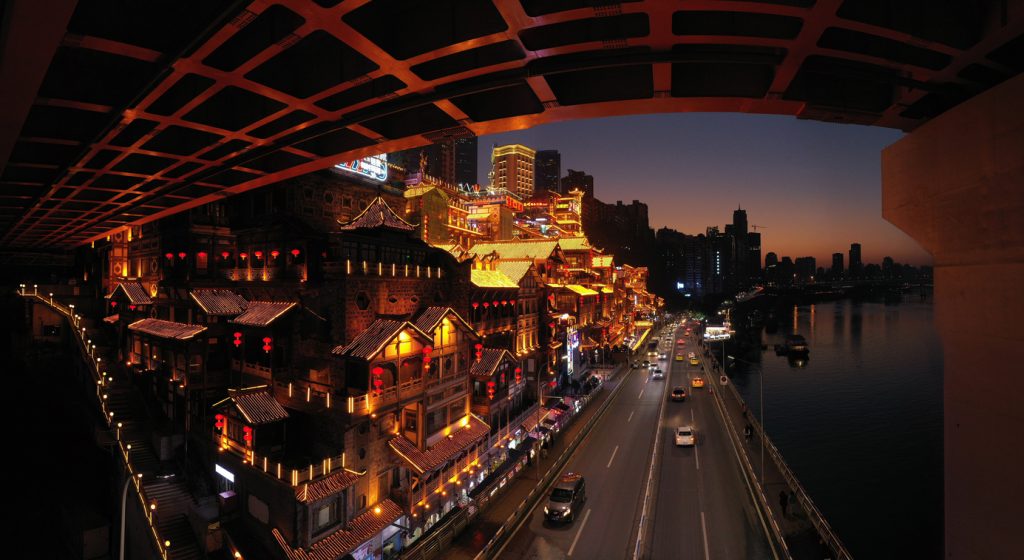
- Hongya Cave
Rising 11 stories above a cliffside, this stilted complex recreates old Chongqing’s riverfront architecture. At night, it glows golden and is often compared to the bathhouse in Spirited Away. Inside, you’ll find folk craft shops, hotpot restaurants, and performances of traditional river songs. - Dazu Rock Carvings
A UNESCO World Heritage site, the Dazu Carvings were created between the 7th and 13th centuries. The most famous section is on Baoding Mountain, where Buddhist figures like the 1,007-armed Avalokitesvara shine in gold. These carvings offer deep insights into Song Dynasty life and religion. - Wulong Karst Landscape
This natural UNESCO site features the world’s largest natural bridge cluster—three bridges over 200 meters tall—and stunning caves like Furong Cave. The Fairy Mountain grasslands offer cool summer weather and expansive views. Several scenes from Transformers: Age of Extinction were filmed here. - Yangtze River Cableway
Nicknamed “the air bus,” this 1,166-meter cable car connects downtown Chongqing to the south bank in 4 minutes. At its peak, the car hovers 40 meters above the river. Sunset rides offer breathtaking views of the illuminated city skyline. In 2018, upgraded glass cars were introduced for panoramic sightseeing.
📍Recommended Tour:Included in our 14-Day China Highlights Tour for a comprehensive experience.
🧭 Still Can’t Decide? Try All Five!
If you want to experience the full spectrum of China—its imperial grandeur, culinary richness, natural wonders, and futuristic cities—our 14-Day China Highlights Tour (Beijing, Xi’an, Chengdu, Chongqing & Shanghai) is the ultimate answer. This journey brings together five of China’s most iconic destinations in one seamless, expertly guided experience.
🏯 Beijing: The Imperial Heart of China
Explore the ancient capital’s most spectacular highlights:
- Temple of Heaven: Try Tai Chi in a 600-year-old imperial park.
- The Forbidden City: Wander through the world’s largest palace complex.
- Mutianyu Great Wall: Hike or toboggan on the most scenic part of the Wall.
- Peking Opera Mask Painting: Create your own cultural souvenir.
- Peking Duck Dinner: Savor Beijing’s most famous dish.
- Olympic Sites (Bird’s Nest & Water Cube): Snap iconic photos.
- Hutong Rickshaw Ride & Qianmen Street: Step into Beijing’s living history.
- 798 Art Zone: Discover China’s modern art scene.
- Hotpot Dinner & Spa: Relax like a local.
🐎 Xi’an: Where China’s History Lives
- Terracotta Warriors: Witness the 8,000-strong clay army guarding China’s first emperor.
- Mini Warrior Sculpting: Make your own Terracotta figurine.
- City Wall Cycling: Ride atop the best-preserved ancient city wall in China.
- Big Wild Goose Pagoda: A Buddhist landmark over 1,300 years old.
- Dumpling Banquet & Empress of the Tang Show: An unforgettable night of food and performance.
- Optional: Explore the Tang-style Everbright Night Market.
🐼 Chengdu: Pandas, Tea & Ancient Streets
- Giant Panda Breeding Center: See China’s adorable national treasure.
- Jinli Street: Snack, shop, and enjoy live folk shows.
- Sanxingdui Museum: See 3,000-year-old artifacts that defy historical logic.
- Leshan Giant Buddha: Marvel at the world’s largest stone Buddha.
- Huanglongxi Ancient Town: Splash, eat, and explore riverside traditions.
🚝 Chongqing: The Mountain City of Surprises
- Liziba Monorail: Watch a train pass through a building!
- Hongya Cave: A stilted cliffside complex that lights up like a dream.
- Optional: Ride the Huangguan Escalator, one of the longest in the world.
🌆 Shanghai: China’s Future Meets its Past
- The Bund: Stroll past colonial architecture with skyline views.
- Yu Garden: A 400-year-old oasis of calm in the city.
- Wonton Making in a Local Home: Eat like family.
- Shanghai Tower: Ride the world’s fastest elevator to sky-high views.
- Shanghai Museum: Discover treasures from across Chinese history.
- Optional River Cruise: Watch Shanghai light up by night.
- Zhujiajiao Water Town: Glide through canals in a 1,700-year-old village.
- Bird & Flower Market: A colorful escape from city buzz.
- ERA Acrobatic Show: End with a high-octane, high-flying spectacle.
More details about the itinerary? Check out our 14-Day China Highlights Tour.
What Makes Traveling in China Challenging?
Let’s be real—traveling in China can be tough without help:
- Language barriers (especially outside major cities)
- Confusing public transportation
- Issues with payment apps (WeChat Pay, Alipay often don’t accept foreign cards)
- Lack of English signage
- Complicated visa process
But the good news? A well-designed tour can solve all of this. That’s where we come in.
How to Choose the Right China Tour (Checklist)
Not all tours are created equal. Here’s what to look for when booking your first China tour:
✔️ English-speaking guide – No language headaches
✔️ Small group size – More personal, flexible, and less rushed
✔️ Transparent pricing – No hidden fees, ever
✔️ Visa included – We help you secure your China visa, so your trip is 100% visa-free for you
✔️ Flexible cancellation policy– Change of plans? No problem
✔️ Airport pickup & drop-off – Seamless arrival and departure
✔️ Air-conditioned vehicle – Travel in comfort, even in summer
✔️ Curated hotels & meals – We only work with quality, family-friendly partners
✔️ Responsive customer support – We’re here before, during, and after your trip
🎯 All of our tours check every box. From single-day highlights to 2-week adventures, we’re your go-to for stress-free China travel.
Ready to Start Your China Adventure?
China is more accessible than ever—and we’re here to make sure your first experience is smooth, inspiring, and unforgettable. Whether you’re staying for a weekend or a few weeks, there’s a perfect China tour waiting for you.
👉 Browse all our budget-friendly, family-approved China tours here. Let your journey begin.

